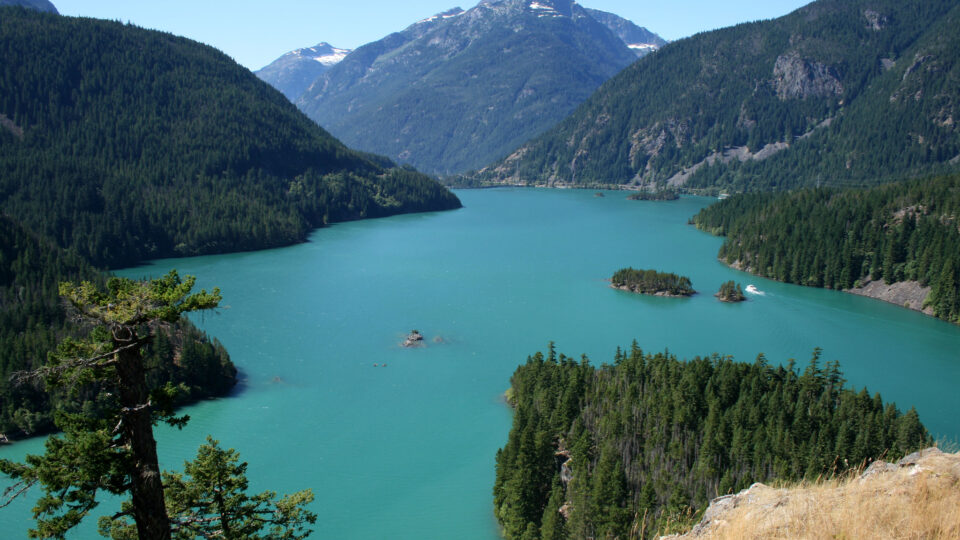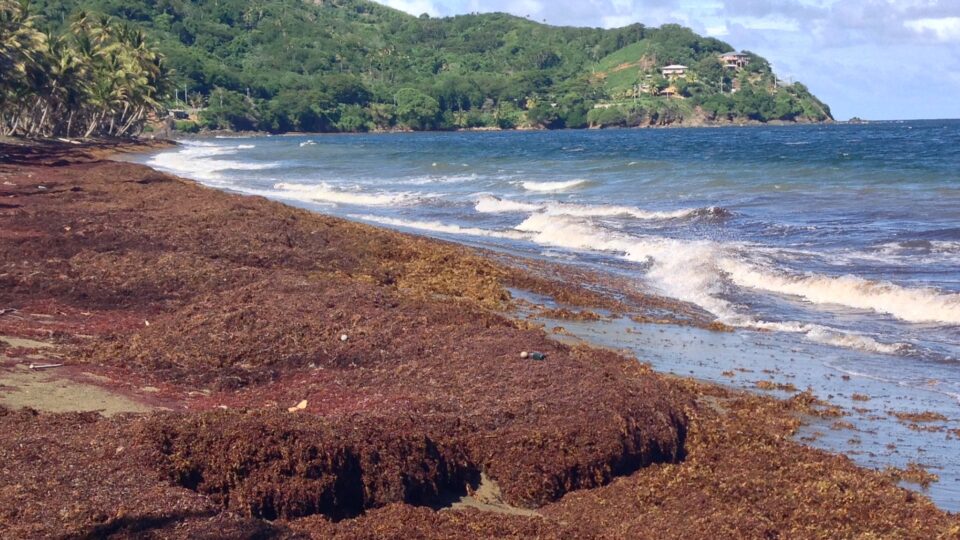According to a new study recently published in the journal Geophysical Research Letters, blue lakes around the world are at risk of turning green-brown if climate change continues unabated.
For the study, the research team used over five million satellite images of more than 85,000 lakes and reservoirs around the globe between 2013 and 2020 in order to determine each lake’s most common water color. Since lake color can change seasonally, the researchers assessed the most frequent lake color during those seven years.
Algae and sediments affect the color of lakes. But the study found that precipitation, air temperature, lake depth, and elevation also play major roles in determining a lake’s most common water color.
The research team found that blue lakes account for less than one-third of lakes worldwide. Blue lakes tend to be deeper and are often found in cool, high latitude regions with high precipitation and winter ice cover. Meanwhile, green-brown lakes, which account for 69% of all lakes, are found in drier regions, continental interiors, and along coastlines.
As global temperatures rise, lakes will warm, and warmer water produces more algal blooms. As a result, the researchers expect the changing climate to decrease the percentage of blue lakes, many of which are found in the Rocky Mountains, northeastern Canada, northern Europe and New Zealand.
Water color is a simple but viable way to measure water quality that can be done on a global scale using satellites. This approach provides researchers with a way to study how lakes – even the remote ones – are changing.
**********
Web Links
Climate change is making lakes turn green-brown
Photo, posted August 27, 2011, courtesy of Paul Schultz via Flickr.
Earth Wise is a production of WAMC Northeast Public Radio

